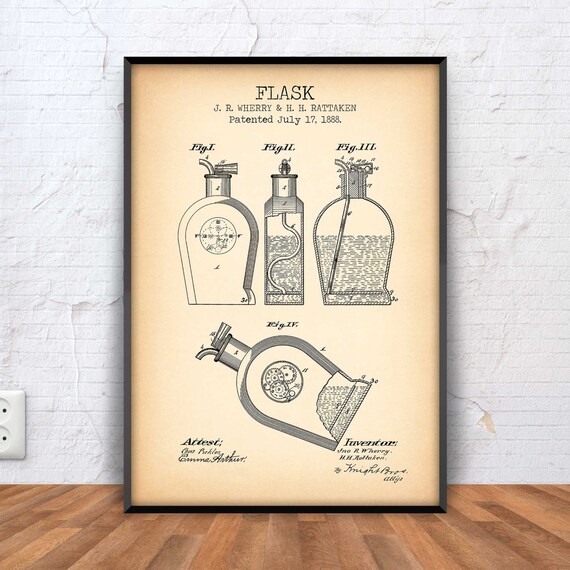
In the cloned repository, we have the app.py file, the static folder, and the templates folder. To examine the basic structure of a Flask web application, let’s clone this repository here Examining a Basic Flask Application Structureīefore we delve into the structuring of a large-scale Flask application, let’s first understand how a basic Flask application is structured. However, if you have no prior knowledge of setting up a Flask web application, read my article on the Flask framework here.
#FLASK BLUEPRINT EXAMPLE HOW TO#
To keep the introductory section of this article concise, I won’t cover how to set up a Flask web application. However, if you have a different preference in terms of IDE, then you should consider installing a virtual environment and installing Flask. In this tutorial, the use of P圜harm Integrated Development Environment is recommended, because it has all the features required to set up a basic application. Structuring Applications with Blueprint and Application Factory.Working with Configuration and Environment Variable.Examining a Basic Flask Application Structure.Intermediate understanding of databases.Intermediate knowledge with the use of terminals.Understanding of Flask views and templates.Understanding of Object-Oriented Programming concepts with Python.Intermediate usage and implementation of a Flask web app.The prerequisites for this article includes an understanding of the following concepts: To avoid the obstacles resulting in structuring a large application poorly, there are two main techniques used in structuring applications with Flask, which are: Blueprints and Application Factory. In building large applications, the use of package structure in structuring your application will result in a tactless codebase which inevitably results in issues such as circular imports. However, when building a small or medium-scale app, the structure of such application might not be of immense importance, especially if using the package structure technique.
#FLASK BLUEPRINT EXAMPLE SOFTWARE#
There are various techniques adopted by software developers to structure a Flask application. status_code = 200 assert b "Results found: 0" in response. get ( url_for ( "example.index" )) assert response. override ( github_client_mock ): response = client. Mock ( spec = Github ) github_client_mock. data def test_index_no_results ( client, app ): github_client_mock = mock. data assert b "owner2-avatar-url" in response.

data assert b "owner2-login" in response. data assert b "owner1-avatar-url" in response. data assert b "owner1-login" in response. status_code = 200 assert b "Results found: 2" in response.

Mock ( login = "owner2-login", html_url = "owner2-url", avatar_url = "owner2-avatar-url", ), get_commits = mock. Mock ( html_url = "repo2-url", name = "repo2-name", owner = mock. unwire () def test_index ( client, app ): github_client_mock = mock. fixture def app (): app = create_app () yield app app. """Tests module.""" from unittest import mock import pytest from github import Github from flask import url_for from.


 0 kommentar(er)
0 kommentar(er)
